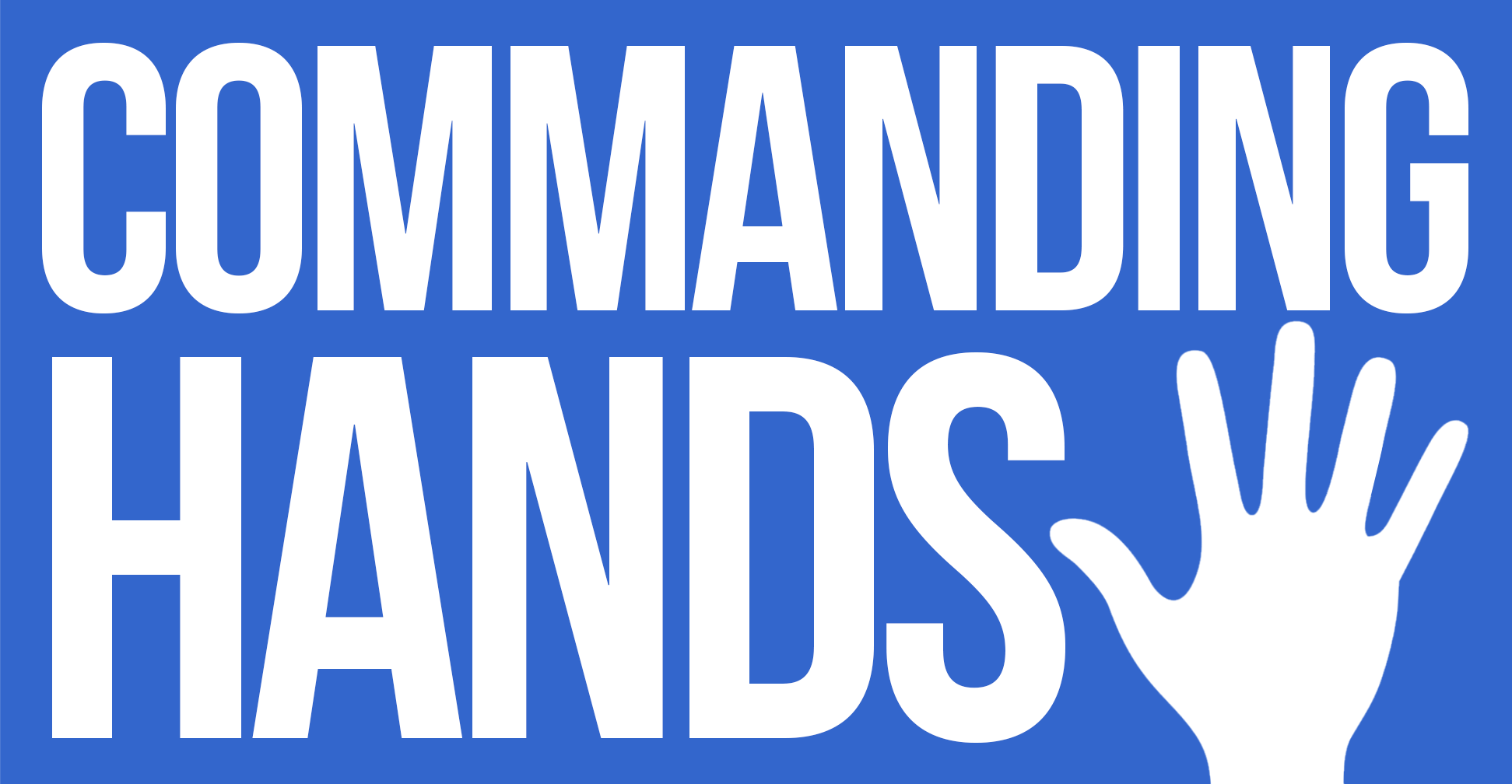BSL is intrinsically linked to the British Deaf community therefore it’s important to be aware of the barriers and difficulties deaf people face. With some small adjustments, you can reduce communication barriers for deaf people. Here’s some tips to help you become more deaf aware.
Deaf awareness tips

1. Learn some basic British Sign Language (BSL)
Even knowing a few basic signs can make a big difference in bridging communication gaps with the Deaf community. Sign what you know – it helps put conversations in context and shows you’re making an effort.

2. Get their attention
When communicating with a Deaf person, always get their attention first. A wave or a gentle tap on the shoulder is acceptable. This is crucial because lipreading can be difficult and knowing where to look helps them understand you better.

3. Check the lighting
Consider the environment for a smoother conversation. Ensure good lighting – turn on lights if needed – and avoid backlighting that casts shadows on your face. Don’t stand in front of a window. This helps ensure clear visibility for communication.

4. Reduce background noise
Try to create a clear auditory environment to improve the clarity of a speaker’s voice. Reducing background noise reduces the effort required to listen, making communication more comfortable. Turning down the TV or switching background music off helps. You could offer to move somewhere quieter depending on the situation.

5. Don’t cover your mouth or mumble
Many Deaf people rely on lipreading to help them understand what is being said. It’s important your lip patterns are clear and visible. In a group, remember to keep your face visible to the Deaf person. It’s not just the lips that are important though. In BSL, facial expressions are used to help convey meaning and emotion and they help when you’re speaking English too.

6. There’s no need to shout
Shouting can distort your voice making you harder to understand. It’s best to speak clearly in the direction of a Deaf person at a normal volume. Shouting may be perceived as rude and can cause embarrassment.

7. In a group, speak one at a time
Understanding one voice may be a challenge, if people start speaking at the same time it’ll be almost impossible. Multiple overlapping voices creates a cacophony of sounds and causes distortion to devices such as hearing aids.

8. Be patient and understanding
If you become frustrated, your facial expression will show it and it isn’t fair for anyone involved. Communication may take a little extra time, so be willing to work together to ensure understanding.

9. Re-phrase what you said
Complex and lengthy sentences can be difficult to understand for someone who uses BSL as their primary language. Some words are especially difficult to lipread so try to use plain English where possible.

10. Confirm understanding
Checking in with a Deaf person to ensure they understand shows respect and that you value their time, fostering trust and rapport. For important details like prices, dates, or times, writing them down can prevent confusion.
While learning basic BSL is a wonderful way to connect with Deaf individuals, qualified BSL interpreters are essential for full access to information, especially in formal settings. Deaf people have the right to accessible communication
Key points to remember
1. Consider environmental factors to reduce communication difficulties.
2. Be calm and clear when communicating with anyone who has a hearing loss.
3. Basic BSL can help you communicate and connect with Deaf people.
Useful downloads and links
